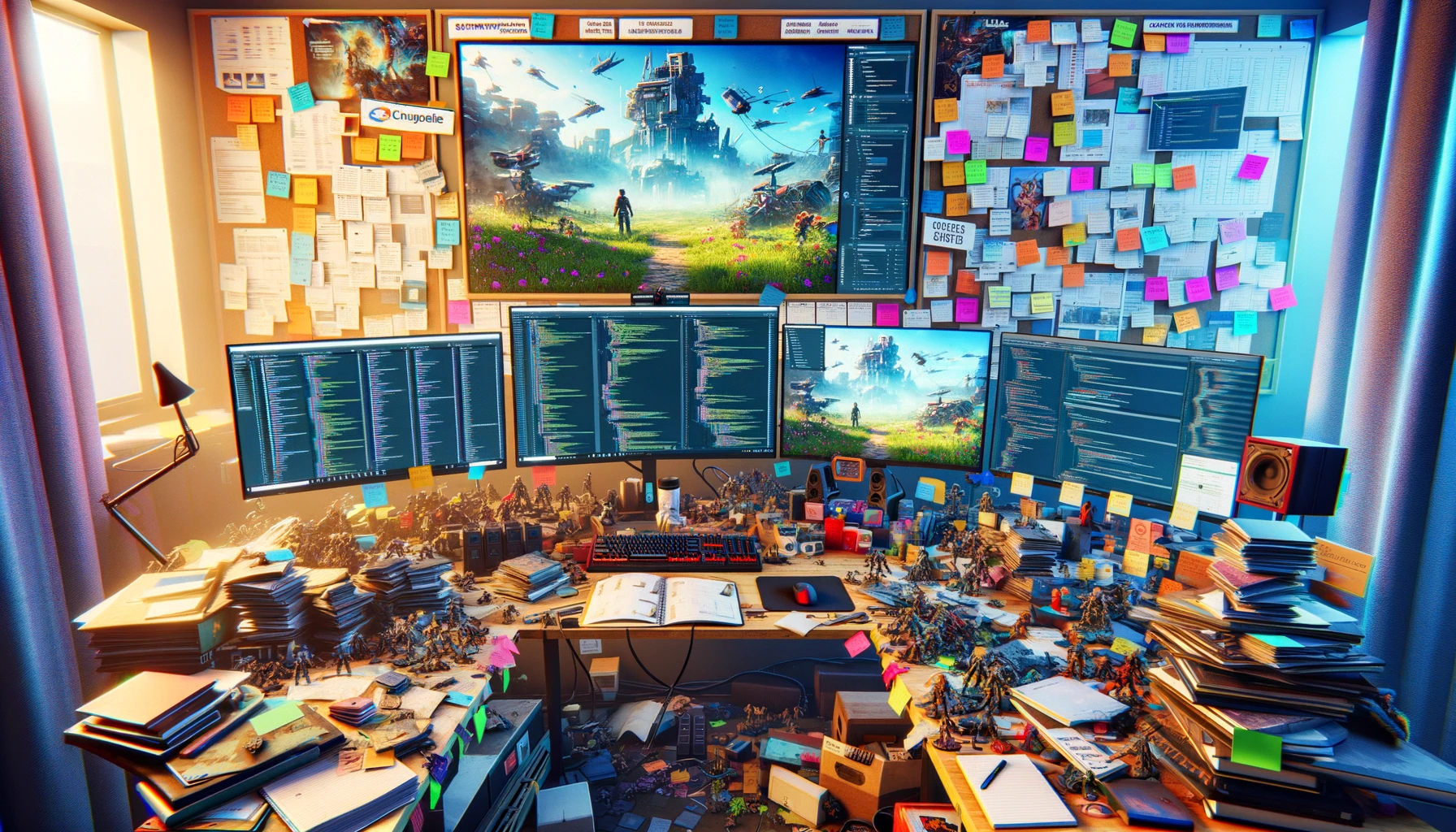Designing a video game can be an exciting and complex process. Here’s a basic outline to get you started:
1. Concept and Genre
- Idea: Start with a core idea or theme. What makes your game unique?
- Genre: Choose a genre that fits your idea (e.g., action, RPG, puzzle).
2. Story and Setting
- Story: Develop a compelling narrative with interesting characters.
- Setting: Decide where and when your game takes place, creating a rich world for players to explore.
3. Gameplay Mechanics
- Core Mechanics: What will players spend most of their time doing? Consider mechanics that align with your genre.
- Progression: Plan how players will progress, including challenges and rewards.
- User Interface: Design how players will interact with your game, including controls and HUD.
4. Art and Audio
- Visual Style: Choose an art style (realistic, cartoonish, pixel, etc.) that complements the game’s tone.
- Audio: Consider music and sound effects that enhance the atmosphere and gameplay.
5. Technology and Platform
- Engine: Select a game engine that suits your game’s needs (e.g., Unity, Unreal Engine).
- Platform: Decide on the platforms (PC, consoles, mobile) your game will be available on.
6. Development Team
- Roles: Depending on the scope, you may need artists, programmers, designers, and sound engineers.
- Collaboration: Use tools like GitHub or Trello for project management and collaboration.
7. Testing and Feedback
- Playtesting: Conduct internal and external playtests to gather feedback on gameplay and mechanics.
- Iterate: Use feedback to refine and improve the game.
8. Launch and Marketing
- Promotion: Create a marketing plan that includes social media, trailers, and possibly a website.
- Distribution: Decide how to distribute your game, whether through platforms like Steam, the App Store, or direct sales.
9. Post-Launch
- Updates: Plan for post-launch support with updates and patches.
- Community Management: Engage with your community to maintain interest and support.
These steps are just a starting point. The actual process can vary greatly depending on the game’s scope and resources. Is there a specific aspect of game development you’d like to explore further?
